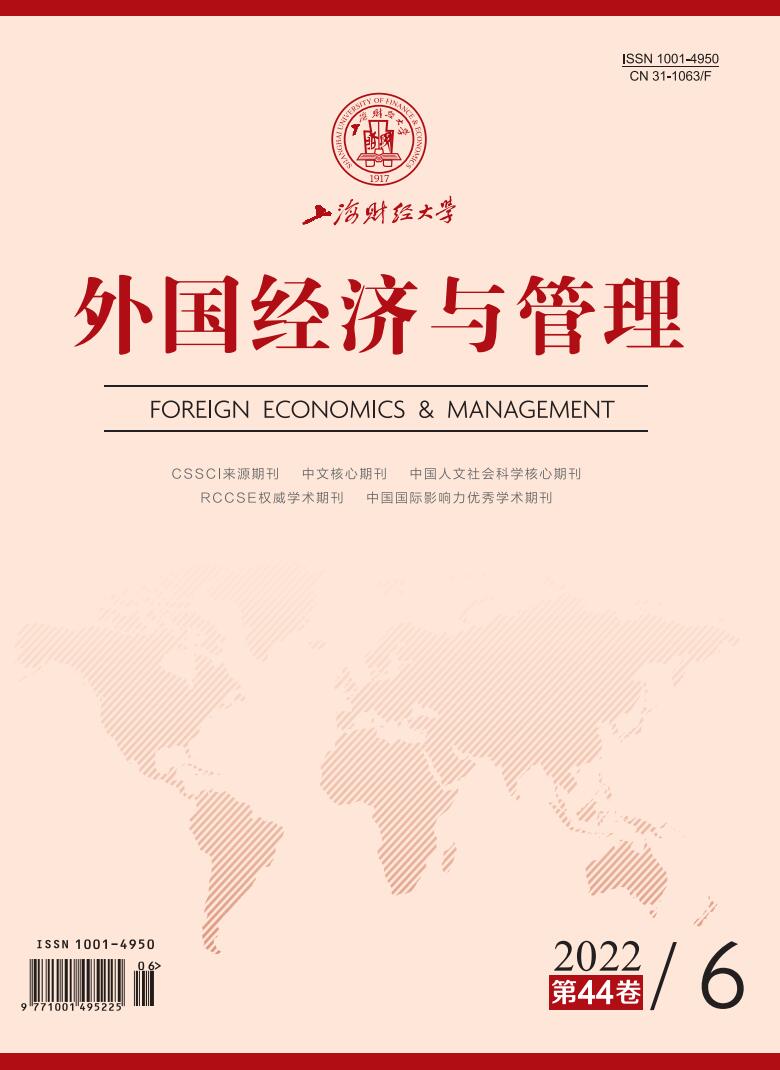[1] Chen Jing. Overview of China's fintech development[M]. Beijing, Social Sciences Archives, 2020.
[2] Deng Xin. Introduction to fintech[M]. Beijing, Higher Education Press, 2020.
[3] Fang Yi,Wang Lingrui,Wang Wei,Wang Yanru. Systemic risk in the field of fintech: An endogenous risk perspective[J]. Journal of Central University of Finance and Economics,2020(02):29-37.
[4] Feng Yongqi, Zhang Haolin. Has fintech promoted innovation performance?[J]. Foreign Economics and Management,2021,43(10):50-51.
[5] Guo Pin, Shen Yue. Internet finance, deposit competition and bank risk-taking[J]. Financial Research,2019(08):58-76.
[6] Li De. The thinking and ways of my country's banking industry to dispose of non-performing assets[J]. Financial Research,2004(3):28-36.
[7] Li Guangzi. The integration of finance and technology: Meaning, motivation and risk[J]. International Economic Review,2020(03):91-106.
[8] Li Jianjun, Peng Yuchao. Financial technology[M]. Beijing, Higher Education Press, 2021.
[9] Li Jianjun, Jiang Shichao. Commercial sustainability of banking fintech and inclusive finance——Micro-evidence of financial enhancement effect[J]. Economics (Quarterly),2021,21(3):889-908.
[10] Li Yaxin. Positive incentives: System and technological Innovation for the re-disposal of non-performing assets of state-owned banks[J]. Financial Research,2004(2):21-29.
[11] Lin Yifu, Liu Mingxing, Zhang Qi. Policy burden and soft budget constraints of enterprises: An empirical study from China[J]. Management World.,2004(08):81-89.
[12] Liu Mengfei. Fintech and commercial banking systematic risk——Based on an empirical study of China's listed banks[J]. Journal of Wuhan University (Philosophy and Social Sciences Edition),2021,74(02):119-134.
[13] Liu Mengfei, Jiang Wei. Does fintech promote or hinder the efficiency of commercial banks?——An empirical study based on the Chinese banking industry[J]. Contemporary Economic Science,2020,42(3):56-68.
[14] Liu Shaobo, Zhang Youze, Liang Jinheng. Research progress in fintech and financial innovation[J]. Economic Trends,2021(03):126-144.
[15] Luo Yuhui, Zhang Zhi. Long-term prevention and control strategies for non-performing assets in China's banking industry: based on the perspective of financial supervision[J]. Economic System Reform,2018(01):136-142.
[16] Pan Min, Zhang Yiru. Research on bank risk-taking level under macroeconomic fluctuations——Based on the perspective of equity structure heterogeneity[J]. Finance and Trade Economics,2012(10):57-65.
[17] Qiu Han, Huang Yiping, Ji Yang. The impact of fintech on traditional banking behavior-based on the perspective of Internet financing[J]. Financial Research,2018(11),17-19.
[18] Shi Huaqiang. The endogeneity of non-performing loans of China's state-owned commercial banks: An analysis framework based on double soft budget constraints[J]. Financial Research,2004(06):1-16.
[19] Song Min, Zhou Peng, Si Haitao. Fintech and enterprise total factor productivity: The perspective of "Enabling" and credit rationing[J]. China Industrial Economics,2021(04):138-155.
[20] Tan Jinsong, Jian Yuyin, Chen Ying. Government intervention and non-performing loans: Taking the data of a state-owned commercial bank from 1988 to 2005 as an example [J]. Management World,2012(07):29-43+187.
[21] Wang Guogang. The characteristics, difficulties and operation options of market-oriented debt-to-equity swaps[J]. Financial Research,2018(2):1-14.
[22] Wang Jingbin, Li Bo. Does the geographic concentration of banking business reduce financial risks?——A study based on the micro-data of Chinese city commercial banks[J]. Management World,2021(05):87-97.
[23] Wu Zhenyu, Tang Chao. Challenges and countermeasures of financial risk prevention and control during the "14th Five-Year Plan" period[J]. Reform,2021(4):49-59.
[24] Yang Dong. Regulatory technology: the regulatory challenges and dimensional construction of fintech[J]. Chinese Social Sciences,2018(05):69-91.
[25] Yang Wang, Xu Huilin, Tan Xiaofen, Xue Xiangyu. Fintech and commercial banking efficiency——An empirical study based on DEA-Malmquist model[J]. International Financial Research,2020(7):56-65.
[26] Zhang Jie, Zheng Wenping. Does the innovation catch-up strategy inhibit the quality of Chinese patents?[J]. Economic Research,2018(5):28-41.
[27] Zhou Zhongfei, Li Jingwei. The transformation of financial supervision paradigm under the background of financial technology[J]. Legal Studies,2018(05):3-19.
[28] Zhu Jigao, Rao Pingui, Bao Mingming. Ownership structure, credit behavior and bank performance: An empirical study based on the data of city commercial banks in my country[J]. Financial Research,2012(07):48-62.
[29] Adrian T, Brunnermeier M K. CoVaR[J]. The American Economic Review,2016, 106(7): 1705-1741.
[30] Antunes J A P. To supervise or to self-supervise: A machine learning based comparison on credit supervision[J]. Financial Innovation,2021, 7: 26.
[31] Crisanto J C, Ehrentraud J, Fabian M. Big techs in finance: Regulatory approaches and policy options[R]. FSI, No 12, 2021.
[32] Diebold F X, Yılmaz K. On the network topology of variance decompositions: Measuring the connectedness of financial firms[J]. Journal of Econometrics,2014, 182(1): 119-134.
[33] Khan A, Malaika M. Central Bank Risk management, fintech, and cybersecurity[R]. IMF Working Paper, 105, 2021.
[34] Koju L, Koju R, Wang S Y. Does banking management affect credit risk? Evidence from the Indian banking system[J]. International Journal of Financial Studies,2018, 6(3): 67.
[35] Lee I, Shin Y J. Fintech: Ecosystem, business models, investment decisions, and challenges[J]. Business Horizons,2018, 61(1): 35-46.
[36] Stiglitz J E, Weiss A. Credit rationing in markets with imperfect information[J]. American Economic Review,1981, 71(3): 393-410.
[37] Wirsich A, Kock A, Strumann C, et al. Effects of university-industry collaboration on technological newness of firms[J]. Journal of Product Innovation Management,2016, 33(6): 708-725.





 12623
12623  10074
10074

